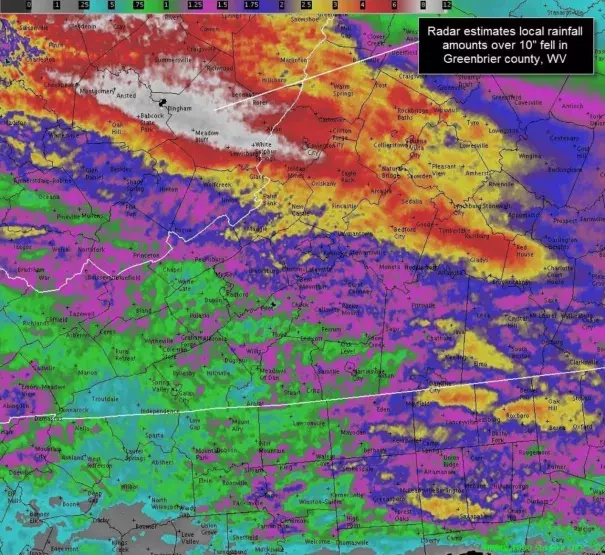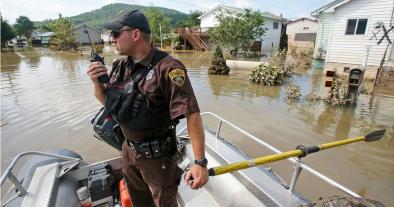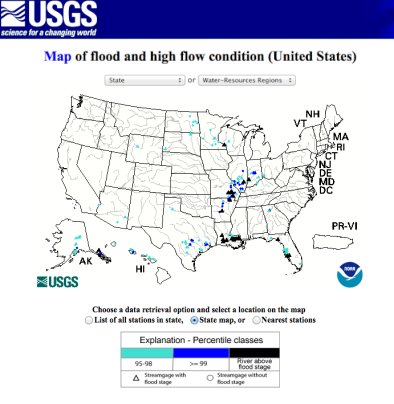Climate change makes flood more likely, more damaging, experts say

Heavy rainstorms like those that caused last week’s devastating flooding across a 12-county region of West Virginia are almost certainly made more frequent and more intense by global warming that is fueled by the buildup of greenhouse gas emissions, some of the nation’s top climate science experts say.
A half-dozen climate scientists from around the country — asked what West Virginians should understand about the flooding and climate change — all said that residents should know that the overwhelming scientific evidence shows that the warming of the planet’s atmosphere is increasing the occurrence of and the seriousness of heavy rains.
“The frequency is increasing and the intensity is increasing,” said Jake Crouch, a Beckley native who is a climate scientist with the climate monitoring branch of the National Oceanic and Atmospheric Administration’s National Centers for Environmental Information.
Explained simply, warmer air holds more water, leading to stronger and more frequent heavy precipitation events. Confidence in the link between heavy rain and climate change is strong partly because there is a relatively direct connection between a more moist atmosphere and human-induced warming. This relationship is not as direct as for an increase in temperature, but more direct than for something like a tropical cyclone
Related Content





